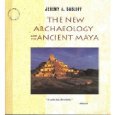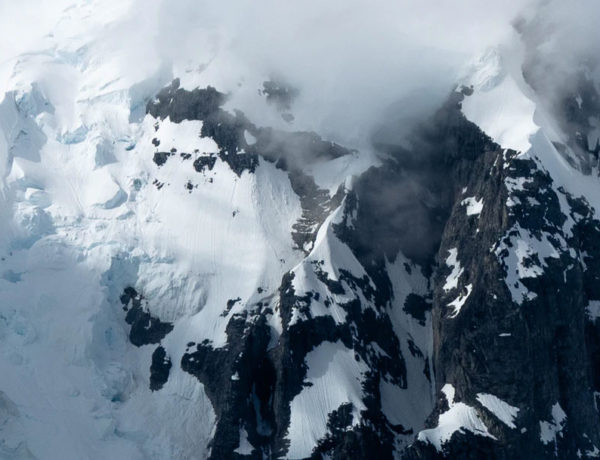Originally published July 23, 2012
The New Archaeology and the Ancient Maya by Jeremy A. Sabloff. Available for less than $10.00.
I am not certain if good teachers always make good writers, but there are books by teachers and professors that really make me want to sit in their classroom and practice osmosis. This book happened to be a birthday gift from my husband a number of years ago. It was a sure winner since it was not only about history, but the methods by which we reconstruct what we find and how we find it.
It was through Sabloff’s book that I realized something rather fundamental about western civilization’s first explorations into the field of “digging up bones and things.” Archaeology was funded by scientific societies formed by the wealthy. The travelers to the far off and exotic places were either adventurer/scientists who could convince those societies to invest in their ideas, or those with enough wealth to enjoy the leisure to go themselves. This doesn’t mean that the research was somehow substandard; it wasn’t. Many of the drawings, maps, photographs and diaries of the early explorers contained an immense amount of information about civilizations the modern world had completely forgotten or never knew.
What did happen was that the observers went to the field with a point of view. It may have been a particular scientist trying very hard to find answers to his own questions, or it may have been a member of the upper class with a bright and inquiring mind. Thus, the results were produced with a bit of tunnel vision. And, even though artifacts were a major goal of these trips, anthropology was not a priority, if it was thought of at all. Dr. Sabloff tells the story of how the field of archaeology moved from an adventure of the elite to the whole new science of the humanities. With funding from universities, governments and private supporters, new technologies were applied to the field. With a different point of view from the worker, the farmer, the doctor, the lawyer, the linguist, and oh so many other interested parties, the search for ancient civilizations grew to include all the supporting roles of the people who lived in these mysterious cities. Information that came from the field was made available to an ever widening audience, who raised more questions, made more suggestions, and funded or went themselves to discover the pieces of our past.
That is only part of the story Dr. Sabloff tells in this book. He uses this background of a changing science to show how our perception of the Mayans has changed. How the techniques we can now apply show us how the every-day people lived and died. Our new processes and thinking has given us better clues to unravel the mysteries of the disappearance and decline of so many great empires in the Americas. We have learned to have a greater respect for the peoples that lived in these lands before the Asians and Europeans arrived. Or, at least those that came here in the Current Era. Who got here when is still a matter of intense academic controversy.
What Dr. Sabloff does with this particular volume is teach. He teaches the reader how it’s done and what we learn as our abilities improve. He also teaches a different perspective on this ancient empire, a civilization of pyramid builders in the deep jungles of Central America. The book is full of illustrations, maps, photos and drawings from the records of the original explorers.




No Comments